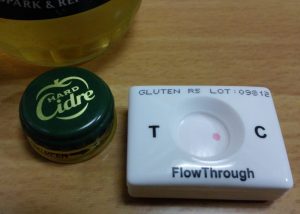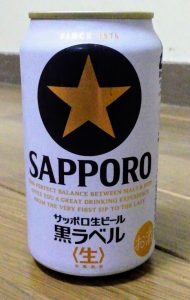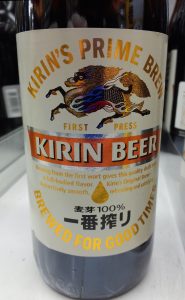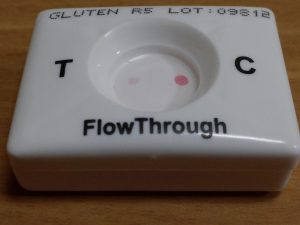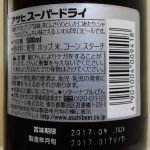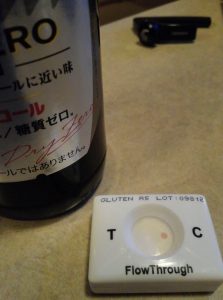 I discovered Kirin Heartland about ten years ago, and it instantly became my favorite Japanese beer. I even conducted a blind taste-test with 8 other Japanese lagers, and I was able to identify it instantly. Although it’s brewed by Kirin, it’s not very easy to find in Japan. I’ve only seen it on tap in four or five places, it’s rarely found in supermarkets, and I’ve never seen it in a convenience store. In fact, most liquor shops don’t even carry it.
I discovered Kirin Heartland about ten years ago, and it instantly became my favorite Japanese beer. I even conducted a blind taste-test with 8 other Japanese lagers, and I was able to identify it instantly. Although it’s brewed by Kirin, it’s not very easy to find in Japan. I’ve only seen it on tap in four or five places, it’s rarely found in supermarkets, and I’ve never seen it in a convenience store. In fact, most liquor shops don’t even carry it.
Naturally, I got excited when I read that Steffen’s GlutenTox test detected no gluten above 5 ppm. Since I like it so much, I decided to “spend” one of my remaining Imutest kits to see what the result would be.
Beer: Heartland (キリンハートランド)
Producer: Kirin
Originating country: Japan
Brewing location: Japan
Bottle size: 500ml
Alcohol by volume: 5.0%
Ingredients: malt, hops
Test kit: Imutest Gluten-in-Food Kit
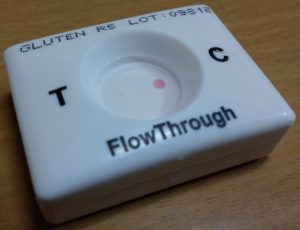 Test result: There is a very faint, but visible, pink spot on the left side of the testing area, which is an indication of the presence of gluten… but not much. The pink spot on the right test area (C) is a control spot and indicates that the extract/sample is suitable, the test has been performed correctly, and all reagents are active.
Test result: There is a very faint, but visible, pink spot on the left side of the testing area, which is an indication of the presence of gluten… but not much. The pink spot on the right test area (C) is a control spot and indicates that the extract/sample is suitable, the test has been performed correctly, and all reagents are active.
Of all of the Japanese beers I’ve tested so far, Kirin Heartland appears to have the lowest gluten content… and the highest flavor content. Kanpai!




